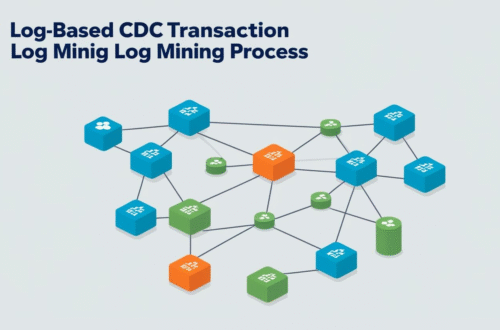
Multi-Cloud Strategies: Benefits & Implementation
Multi-cloud strategies have become essential for backend engineers seeking resilience and scalability. By distributing workloads across multiple public cloud providers, teams mitigate vendor lock-in and optimize performance. Moreover, multi-cloud strategies enable fault tolerance by leveraging distinct availability zones and diverse service offerings. However, adopting such strategies introduces operational complexity and architectural challenges. This blog post examines the advantages, challenges, and implementation approaches for multi-cloud strategies. Through detailed system-level insights, backend engineers can apply best practices to harness the full potential of a distributed, multi-provider environment.
Advantages of Multi-cloud Strategies:
Implementing multi-cloud strategies delivers several technical advantages for backend systems.
- Vendor independence:
- Firstly, teams avoid lock-in by abstracting APIs with IaC modules.
- Engineers can pivot between providers if a service degrades or price changes.
- Performance optimization:
- Moreover, routing user traffic to the nearest cloud region reduces latency.
- Load balancers across clouds ensure consistent SLAs under peak load.
- Cost management:
- Additionally, spot instance markets differ by provider.
- Engineers can leverage cost arbitrage by bidding where prices are lowest.
- High availability:
- Finally, cross-cloud failover ensures application uptime even if one provider has an outage.
- Health checks and automated DNS failover shorten recovery time objectives (RTOs).
By embedding provider-agnostic deployment pipelines and using Terraform modules for each cloud, teams maintain consistent infrastructure definitions. This approach accelerates onboarding of new regions and automatically enforces security baselines.
Challenges in Multi-cloud Adoption:
Despite benefits, multi-cloud strategies present distinct challenges in system architecture and operations.
- Network complexity:
- However, inter-cloud networking introduces variable latency and bandwidth constraints.
- Engineers must choose between VPN tunnels, dedicated interconnects, or software-defined WAN.
- Data consistency:
- For example, replicating data synchronously across clouds can increase write latency.
- Teams often implement eventual consistency with change-data-capture (CDC) pipelines.
- Security and identity management:
- Additionally, each provider has unique IAM constructs and key-management services.
- A centralized identity broker or OIDC federation helps unify authentication.
- Operational overhead:
- Moreover, monitoring tools and alerting rules vary by cloud.
- Engineers can address this by deploying cloud-agnostic observability stacks (e.g., Prometheus, Grafana).
To mitigate these challenges, establish clear SLAs for cross-cloud replication, adopt unified logging pipelines (using Kafka or Fluentd), and automate policy enforcement via policy-as-code frameworks like Open Policy Agent (OPA).
Implementation Approaches for Multi-cloud:
Selecting an appropriate implementation approach is critical for successful multi-cloud strategies.
- Infrastructure as Code (IaC) Abstraction
- Use Terraform modules to encapsulate provider-specific resources.
- Define common interfaces (e.g.,
network,compute,security) and implement them per cloud.
- Deployment Patterns
- Active-Active: Route traffic to multiple clouds simultaneously using global load balancers.
- Active-Passive: Designate a secondary cloud for failover; implement automated DNS failover or BGP announcements.
- Container Orchestration and Federation
- Employ Kubernetes Federation v2 to synchronize workloads and configurations across clusters.
- Use a service mesh (e.g., Istio or Consul) for secure, cross-cloud service discovery and traffic management.
- CI/CD Pipelines
- Build provider-agnostic pipelines in Jenkins, GitLab CI, or GitHub Actions.
- Parameterize the target cloud and leverage dynamic runners to deploy artifacts.
To orchestrate these approaches, store secrets in a centralized vault (e.g., HashiCorp Vault), integrate with cloud KMS backends, and enforce drift detection via automated plan reviews
Conclusion:
In conclusion, multi-cloud strategies empower backend engineers to build resilient, scalable systems while mitigating vendor lock-in. Key takeaways include:
- Assess business needs before adopting: start small with proof-of-concepts in two providers.
- Automate infrastructure and policy enforcement using Terraform modules and policy-as-code.
- Implement robust networking and replication patterns to manage latency and consistency trade-offs.
- Centralize observability and identity to reduce operational overhead.
By following these guidelines, junior to intermediate backend engineers can incrementally introduce multi-cloud strategies and mature their infrastructure for production-grade reliability. For further reading on policy enforcement in multi-cloud environments, visit the Open Policy Agent project.


